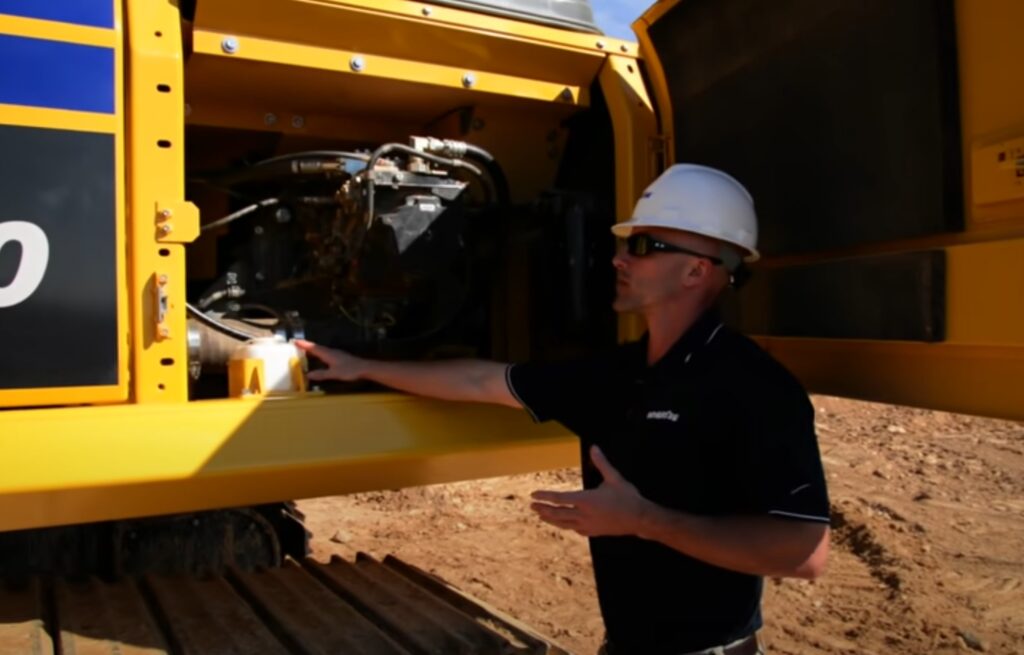When buying used machinery, it’s crucial to conduct a thorough assessment to ensure you’re making a wise investment. Here are five key factors to examine:
1. Inspect the Fluids

Examining various fluids such as engine oil, coolant, transmission, and hydraulic fluids is essential. These fluids can reveal a lot about the equipment’s current state and its maintenance history.
Signs of neglect, such as low or contaminated fluids, or the presence of water in the engine oil, could indicate serious underlying issues.
2. Operating Hours
While the total operating hours of machinery is an important indicator of its usage, it’s not the sole factor to consider. Similar to evaluating a car’s mileage, it’s useful for gauging the equipment’s remaining lifespan.
Machines with extensive hours may require more frequent maintenance, so weigh the cost savings against potential future expenses.
Remember, a well-maintained piece of equipment with higher hours could be a better choice than one with fewer hours but poor maintenance history.
3. Maintenance Records
Verifying the equipment’s maintenance records offers a clear picture of its upkeep and any issues it might have encountered. Regular fluid changes, repairs, and any significant malfunctions should be documented.
However, a lack of records doesn’t necessarily mean the machinery wasn’t maintained; it might simply indicate a gap in documentation from previous owners.
4. Look for Wear and Tear
While wear is expected on used machinery, significant damage or wear can indicate potential future problems. Inspect for cracks, rust, or any damage that might affect the machine’s performance.
Pay close attention to tires and the undercarriage on tracked vehicles, as these are costly to replace and can provide insight into the equipment’s usage.
5. Check the Engine Exhaust
Starting the engine, especially when cold, can offer invaluable insights into its condition. Pay attention to the exhaust smoke’s color; black smoke may suggest a rich air/fuel mixture, potentially due to faulty injectors or a clogged air filter.
White smoke could indicate improper fuel burning, possibly from a compromised head gasket or compression issues. Blue smoke suggests oil burning, often due to worn components or overfilling.
Your own experiences and insights can further enrich this guide. Feel free to share additional tips or considerations in the comments section below.

